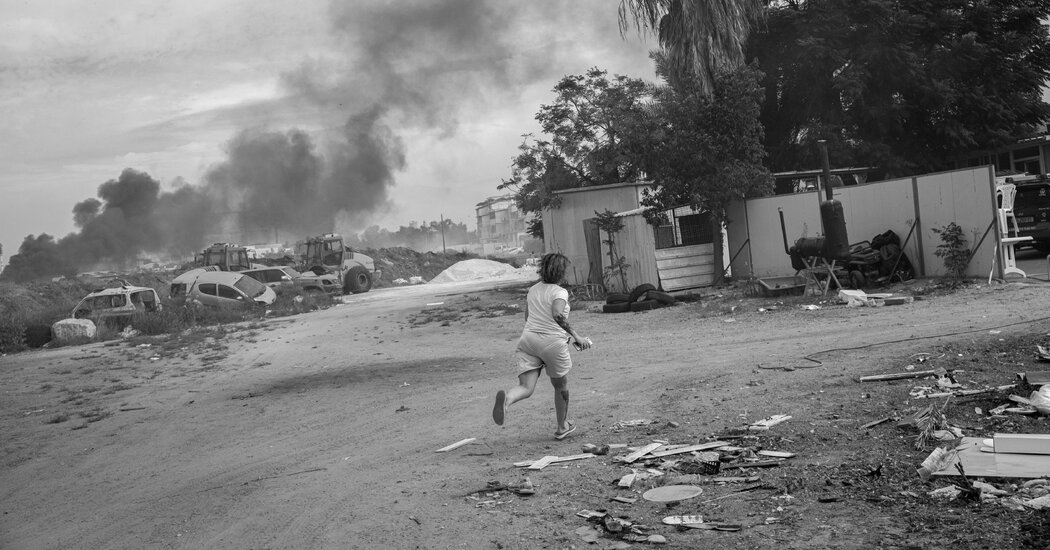
If the war in Gaza ends this week — not a sure thing — it will be followed by a long battle about its lessons. Here are mine:
“Believe people when they tell you who they are.”
Maya Angelou’s classic warning should have been believed in 1988, when Hamas declared in its founding covenant its intention to slaughter Jews. Instead, Israel continued to tolerate Hamas out of a combination of ideological convenience — it suited Benjamin Netanyahu, the Israeli prime minister, to have a divided Palestinian polity — and international reluctance to topple the group. That was until Oct. 7, 2023, too late for the 1,200 people slaughtered that day.
Brilliant technology is never an adequate substitute for sound strategy.
Successive rounds of fighting between Hamas and Israel never altered Israel’s policy of containment toward Gaza. Why? Because, as Yaakov Katz, a co-author of the excellent new book “While Israel Slept,” wrote me, technologies like the Iron Dome gave Israel the false sense that “it was impenetrable.” Yet when Oct. 7 came, Israel’s high-tech marvels in signals intelligence, missile interceptors, smart fences and underground barriers proved useless against Hamas’s low-tech paragliders and bulldozers.
“Weakness is provocative,” said Donald Rumsfeld. So is the appearance of weakness.
Yahya Sinwar, Hamas’s late leader, already believed that Israel was weak when he and hundreds of other Palestinian prisoners were released for the sake of a single Israeli hostage, the soldier Gilad Shalit. But Israel had never looked so weak in the months that preceded Oct. 7, thanks to the Netanyahu government’s heedless push for a judicial “reform” that looked to millions of Israelis like a lunge toward authoritarianism. As it turned out, it was the stumble before the fall.
Israelis are better than their government.